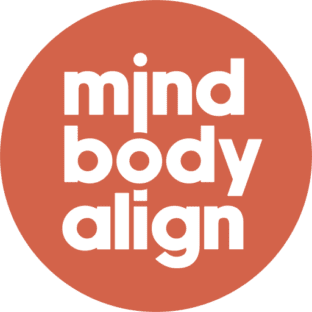In recent years, mindfulness has become increasingly popular as a tool for promoting well-being. But is it really a resource to help teachers manage stress? Research has suggested that incorporating a more mindful approach to professional development could offer a wealth of benefits. So how do you work it into an already busy and chaotic school day? You don’t, actually. Mindfulness involves paying attention to the present moment with an open and non-judgmental attitude. You don’t add it to your day, it is how your day unfolds. And if you would like for your workday to unfold in a less stressful and more meaningful way, keep reading. We’ll ask and answer the question: mindful professional development- is it essential?
Improved classroom learning environments
Teachers who practice mindfulness are better able to manage their emotions and respond calmly and effectively to stressful situations in the classroom. This can help to create a more positive and supportive learning environment for students, where they feel safe and valued.
Increased teacher resilience and well-being
Teaching is a demanding profession, and many teachers experience high levels of stress and burnout. Mindfulness-based practices can help teachers to manage stress, build resilience, and promote self-care, which can lead to improved well-being and job satisfaction.
Enhanced student outcomes
Teachers who practice mindfulness may be better able to manage their own emotions and respond to the emotions of their students. This can lead to improved classroom behavior and academic performance, as well as greater engagement and motivation among students.
So how can teachers and schools incorporate mindfulness-based practices into professional development? One option is to offer mindfulness training as part of professional development programs for teachers. This might include workshops or courses on mindfulness meditation, movement, or other mindfulness-based practices. Alternatively, schools can encourage teachers to engage in their own mindfulness practice outside of professional development, and create a culture of mindfulness and self-care within the school community.
Here are three simple mindfulness practices to incorporate into your next professional development:
Mindful Breathing
One of the simplest mindfulness practices is to focus on your breath. Take a few deep breaths and then allow your breath to settle into a natural rhythm. Bring your attention to the sensation of the breath as it enters and leaves your body, without controlling it. Whenever your mind wanders, gently bring your attention back to your breath. Even just a few minutes of mindful breathing can help to reduce stress and increase focus and clarity.
Body Scan
Another mindfulness practice that can be helpful for teachers is the body scan. This involves systematically bringing your attention to different parts of your body, from your toes to the top of your head. As you scan each area, notice any sensations that you feel, without judging them as good or bad. This practice can help to increase body awareness, reduce physical tension, and promote relaxation.
Mindful listening
Mindful listening can be a powerful tool for creating a positive classroom environment. This involves giving your full attention to the person who is speaking, without interrupting or formulating a response in your mind. Notice the tone of their voice, their body language, and the content of their message. By truly listening to your students and colleagues, you can build stronger relationships and create a sense of trust and safety in the classroom.
Mindful professional development: is it essential? We, and other experts, say “Yes!” By incorporating these and other mindfulness practices into their next professional development, teachers can reap the benefits of increased resilience, improved well-being, and enhanced student outcomes. Mindfulness-based professional development can be a valuable investment in the health and success of teachers and students alike.
Studies:
- Frank, J. L., Jennings, P. A., & Greenberg, M. T. (2013). Mindfulness-based interventions in school settings: A systematic review. Mindfulness, 4(3), 209-217.
- Jennings, P. A., Frank, J. L., Snowberg, K. E., Coccia, M. A., & Greenberg, M. T. (2013). Improving classroom learning environments by cultivating awareness and resilience in education (CARE): Results of a randomized controlled trial. School Psychology Quarterly, 28(4), 374-390.
- Meiklejohn, J., Phillips, C., Freedman, M. L., Griffin, M. L., Biegel, G., Roach, A., … & Saltzman, A. (2012). Integrating mindfulness training into K-12 education: Fostering the resilience of teachers and students. Mindfulness, 3(4), 291-307.










